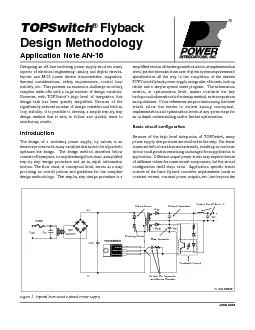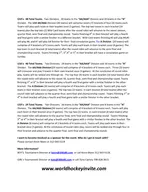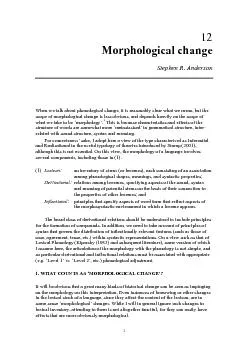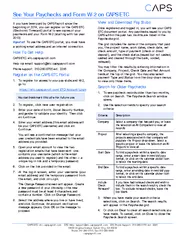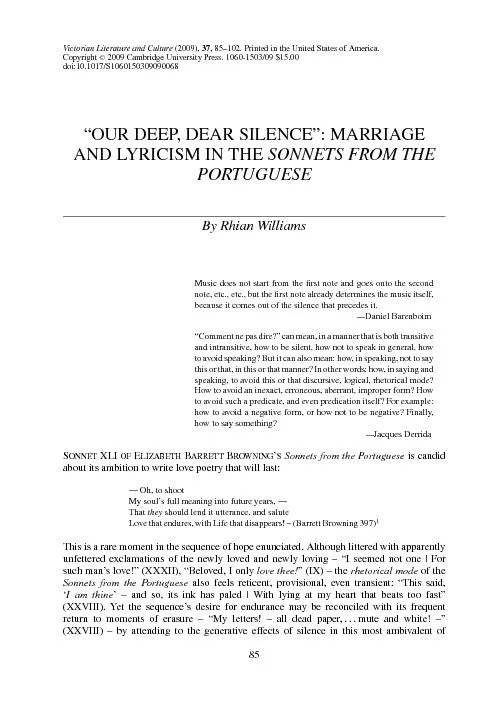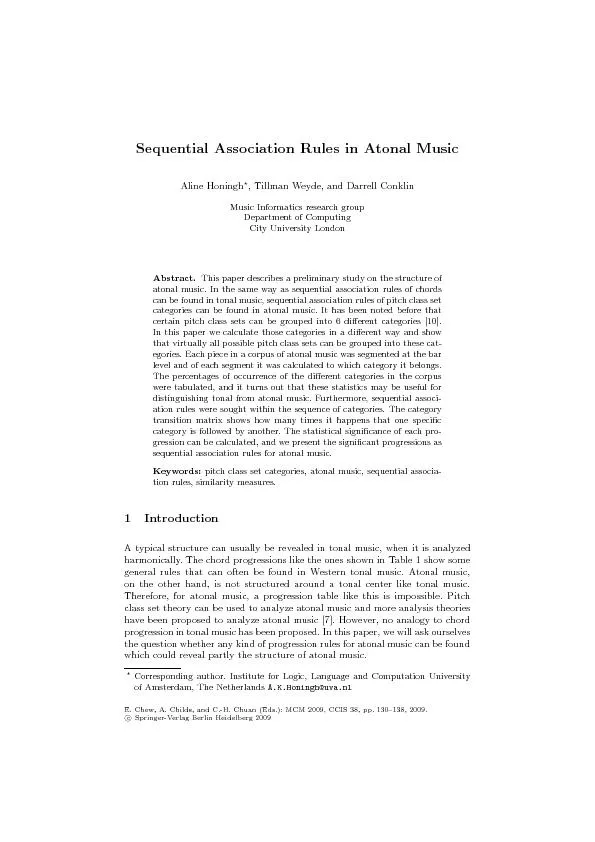PDF-FlybackApplication Note AN-16stability, etc. This presents an enorm
Author : test | Published Date : 2017-01-17
June 1996 CM CHOKEVACCX VB TOPSwitch Output Capacitor Output Post Filter L C Bias CapacitorControl Pin Capacitor and Series Resistor SOURCECONTROL A 1 System Requirements VACMIN
Presentation Embed Code
Download Presentation
Download Presentation The PPT/PDF document "FlybackApplication Note AN-16stability, ..." is the property of its rightful owner. Permission is granted to download and print the materials on this website for personal, non-commercial use only, and to display it on your personal computer provided you do not modify the materials and that you retain all copyright notices contained in the materials. By downloading content from our website, you accept the terms of this agreement.
FlybackApplication Note AN-16stability, etc. This presents an enorm: Transcript
Download Rules Of Document
"FlybackApplication Note AN-16stability, etc. This presents an enorm"The content belongs to its owner. You may download and print it for personal use, without modification, and keep all copyright notices. By downloading, you agree to these terms.
Related Documents

